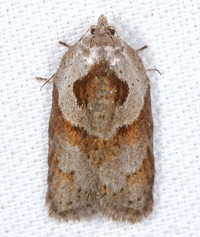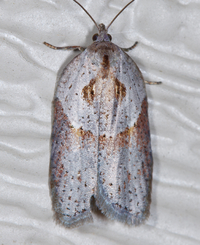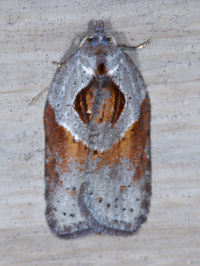
| Recorded by: Jim Petranka on 2025-11-20
Madison Co.
Comment: | 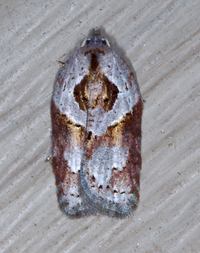
| Recorded by: Jim Petranka on 2025-11-07
Madison Co.
Comment: |
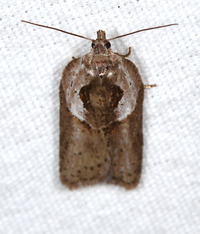
| Recorded by: Jim Petranka on 2025-03-30
Madison Co.
Comment: Specimen dissected (female). | 
| Recorded by: Jim Petranka on 2025-03-30
Madison Co.
Comment: Female genitalia. |
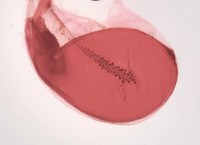
| Recorded by: Jim Petranka on 2025-03-30
Madison Co.
Comment: Signum in bursa. | 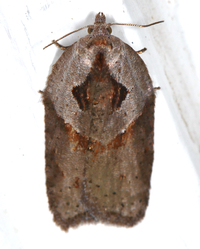
| Recorded by: Jim Petranka on 2025-03-25
Madison Co.
Comment: Female. |
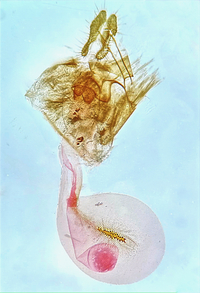
| Recorded by: Jim Petranka on 2025-03-25
Madison Co.
Comment: Female genitalia. | 
| Recorded by: Jim Petranka on 2025-03-25
Madison Co.
Comment: Female bursa with signum. |
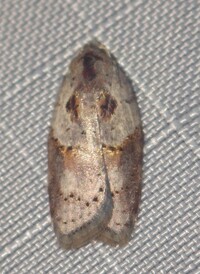
| Recorded by: Lenny Lampel on 2024-06-25
Moore Co.
Comment: | 
| Recorded by: K. Bischof on 2024-04-18
Transylvania Co.
Comment: |
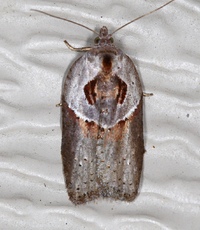
| Recorded by: Jim Petranka on 2024-04-14
Madison Co.
Comment: | 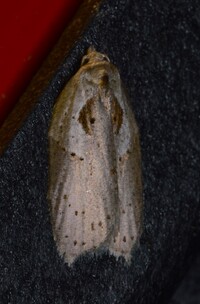
| Recorded by: Stephen Dunn on 2024-03-07
Orange Co.
Comment: |

| Recorded by: Jim Petranka on 2024-03-04
Madison Co.
Comment: | 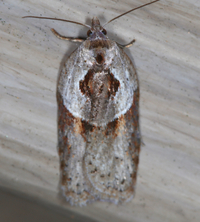
| Recorded by: Jim Petranka on 2024-01-26
Madison Co.
Comment: |
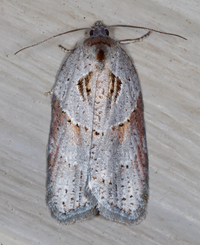
| Recorded by: Jim Petranka on 2023-10-27
Madison Co.
Comment: | 
| Recorded by: Jim Petranka on 2023-04-18
Madison Co.
Comment: |

| Recorded by: Jim Petranka on 2023-04-12
Madison Co.
Comment: | 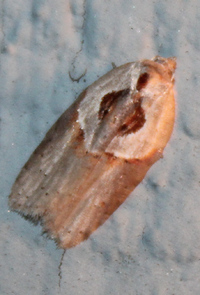
| Recorded by: Vin Stanton on 2023-03-25
Buncombe Co.
Comment: |

| Recorded by: Jim Petranka on 2023-03-05
Madison Co.
Comment: | 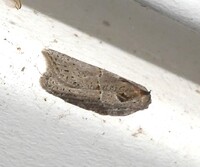
| Recorded by: Simpson Eason on 2023-02-27
Durham Co.
Comment: |

| Recorded by: Jim Petranka on 2023-01-02
Madison Co.
Comment: | 
| Recorded by: Jim Petranka on 2022-04-21
Madison Co.
Comment: |
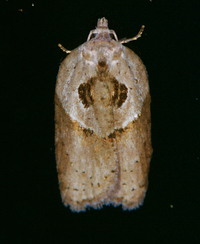
| Recorded by: Jim Petranka on 2022-03-31
Madison Co.
Comment: | 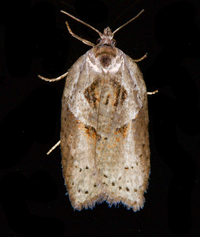
| Recorded by: Jim Petranka on 2022-03-30
Madison Co.
Comment: |
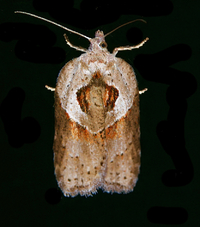
| Recorded by: Jim Petranka on 2022-03-23
Madison Co.
Comment: | 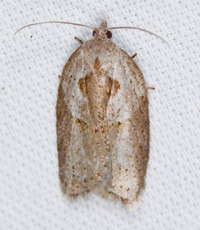
| Recorded by: Jim Petranka on 2022-03-06
Madison Co.
Comment: |

| Recorded by: Jim Petranka on 2021-12-17
Madison Co.
Comment: | 
| Recorded by: tom ward on 2021-10-29
Buncombe Co.
Comment: |
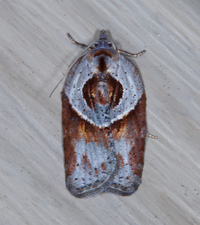
| Recorded by: Jim Petranka on 2021-10-21
Madison Co.
Comment: | 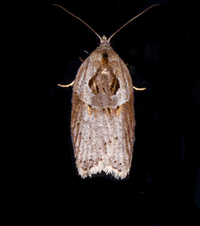
| Recorded by: Jim Petranka on 2021-04-28
Madison Co.
Comment: |
|

 »
»
